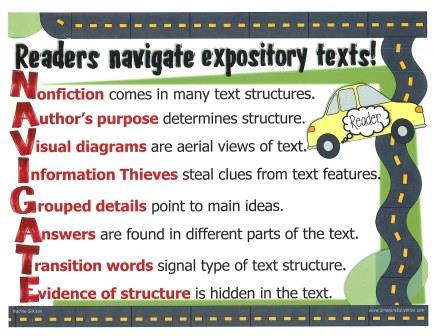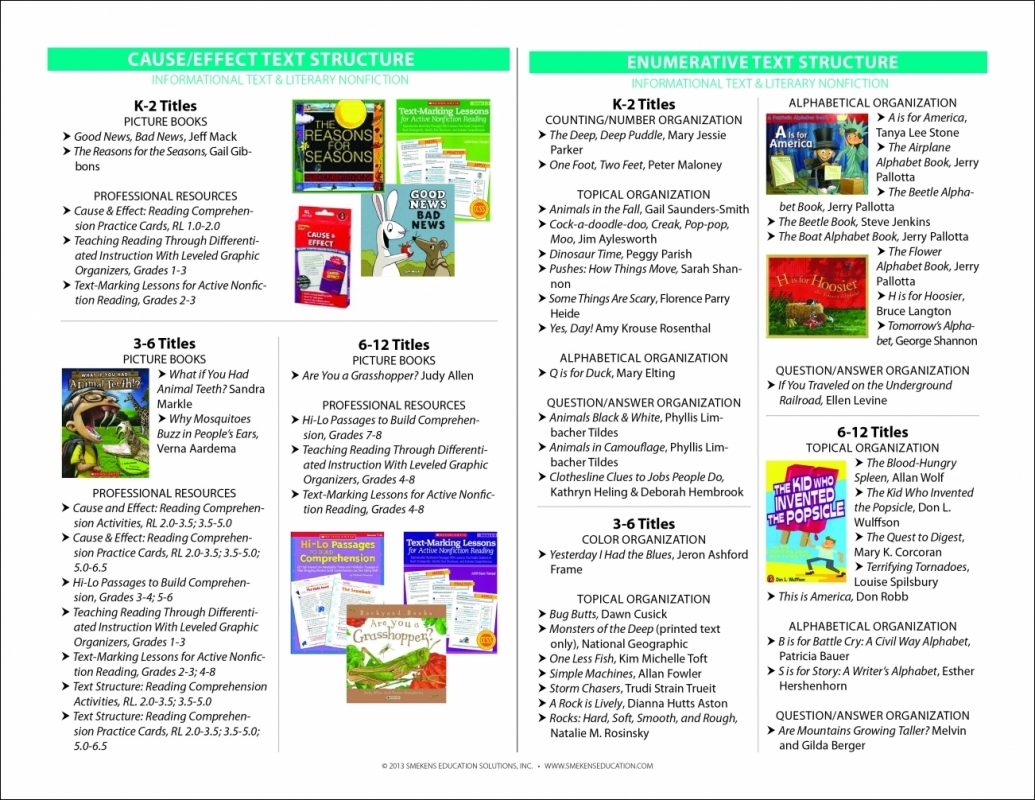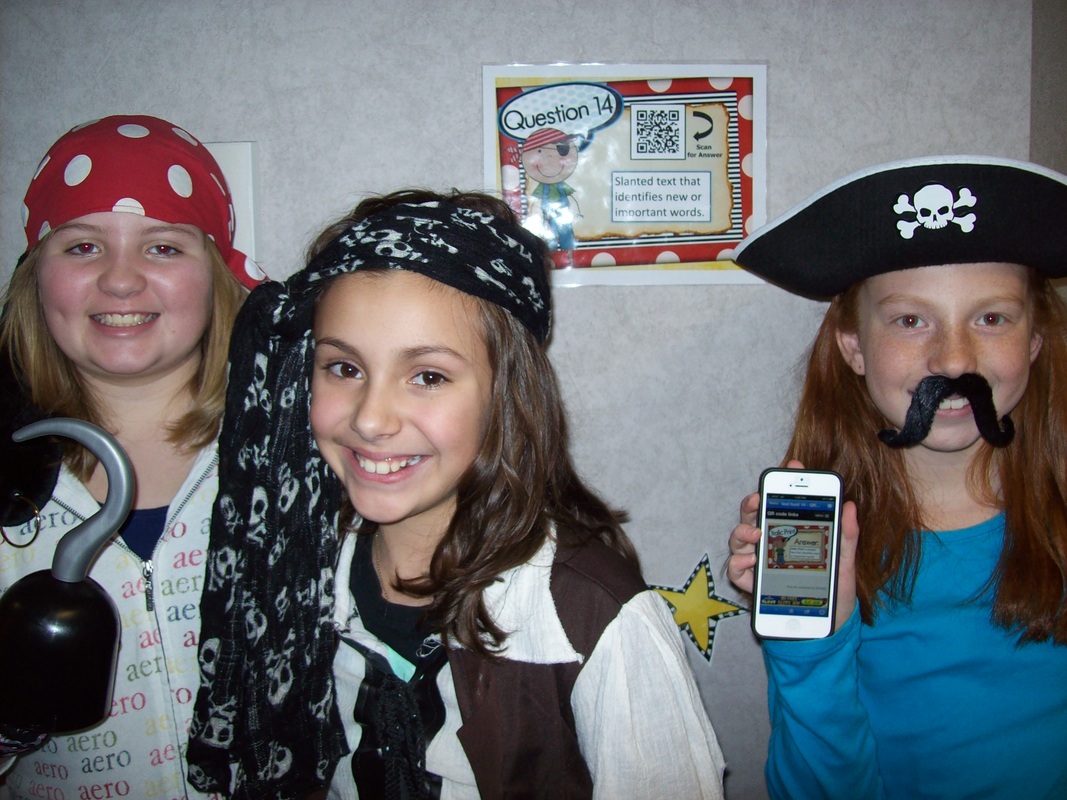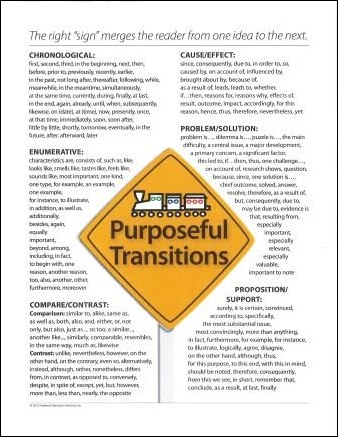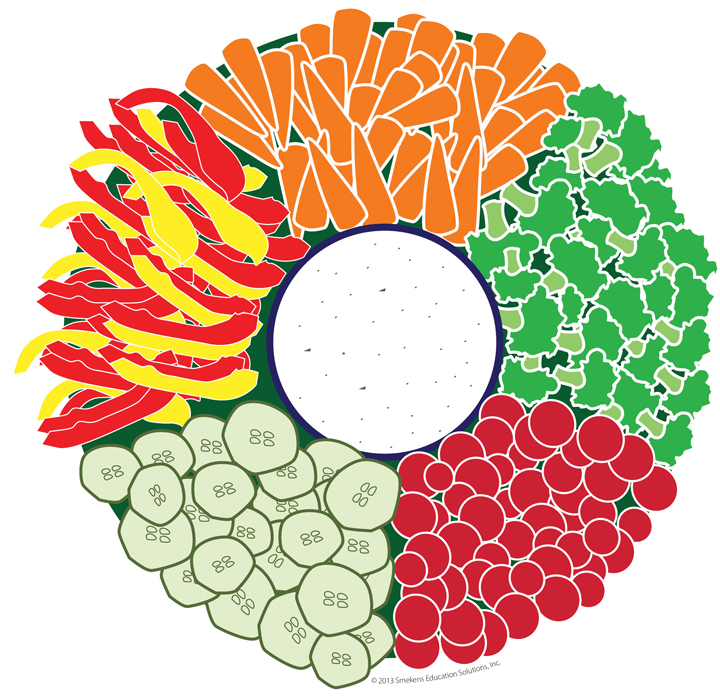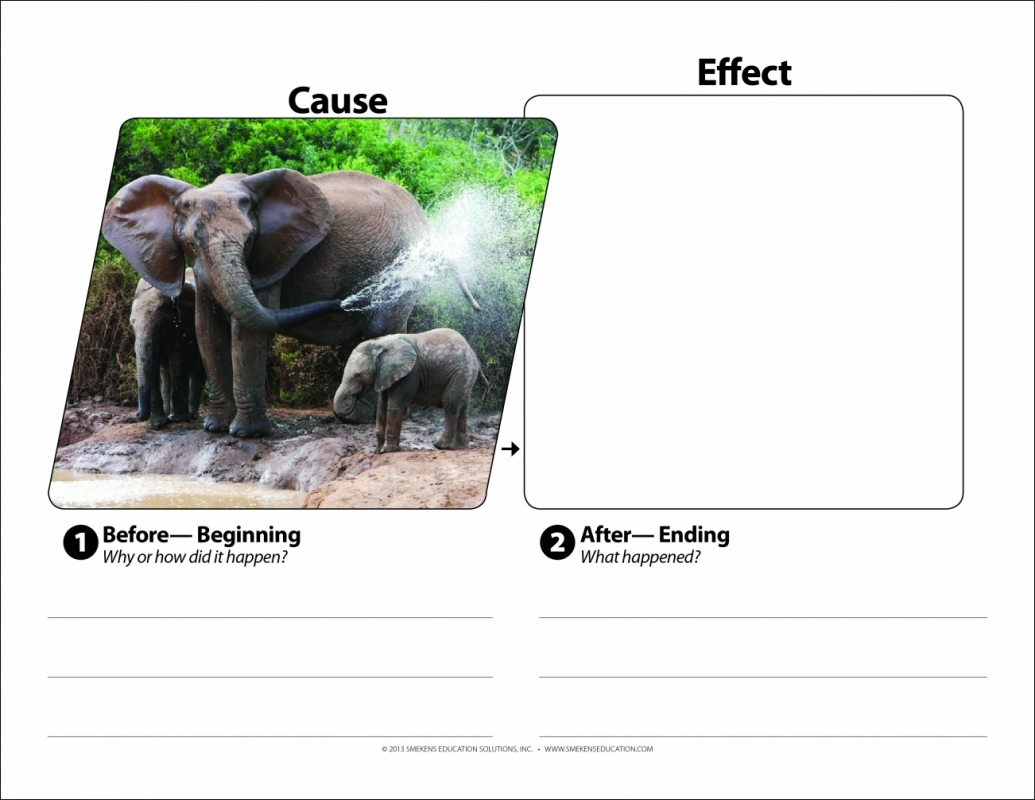Literacy Retreat 2013
SECRET SITE
Text Structures in Reading & Writing
Defining Text Structure

- Both readers and writers utilize text structure. The writer needs it for the trait of organization and the overflow of ideas. The reader needs it to organize all the details and information he is gathering. Introduce the most common text structures to your students using this slide show (PDF version, PPT version, SmartBoard version).
- Text structures are a facet of all genres and modes of text—including literature, informational text, and literary nonfiction. For a quick review of these three types of text, check out this link. For the four genre writing posters, check out this link.
- The reader navigates the text, using his Reading Voice and Thinking Voice to read for close-up details. But the reader has to also zoom out and look across the text to see how all those details are organized. Kristina compared this idea of text structure to viewing the text from an aerial vantage point.
- For a list of “pure text” examples sorted by each text structure, download this three-page document. All of these titles are available through The Literacy Store. Here are short expository passages that have been written by teachers to demonstrate each text structure type.
- When targeting a specific text structure, make sure students are recognizing its characteristics. Which signal/transition words does it utilize? How are the details organized? What is the purpose of the writing? Fan out these text-structure questions for whatever type of text you’re working on. Make sure students can answer them and are noting the structure’s distinguishing characteristics.
- More than just naming the text structure, students should be able to take notes based on a passage they are reading and complete a corresponding graphic organizer.
The Relevance of Text Features
Before students learn about the organization patterns of the main text, they have to have background knowledge on the visual text tools—text features. Digital Resource Designer Nadine Gilkison has created a whole series of instructional tools to introduce your students to text features.
- Play the Text-Feature music video (below and to the left), to the tune of “Sponge Bob.” Students can follow along with the lyrics.
- With an informational text in their laps, students use the Text-Feature Spinner to practice finding examples of each of the different types.
- Students can create their own Digital Handbook of text features by finding online examples using QR codes embedded into this PowerPoint. (View the student directions via the video below and to the right.) Download the answer sheet for students to use, and check out this photo of three “pirates” on the hunt.
- For a professional book of mini-lesson ideas and resources, check out Reading the Whole Page.
Resources for Transitions & Signal Words
- Help students discern what structure a text is written in by noting the signal words. By highlighting those before you read, students begin associating certain transitions with particular text structures.
- When students attempt to write using a particular text structure, provide them the framework or skeleton to work from. These frames include the appropriate transition words that aid students in applying the correct organization to each text structure type.
- Transitions within the text signal to the reader that the writer is shifting ideas. But remember, lists provided to student-writers should sort transitions by text structure, not alphabetical order. Access a list of transition words more appropriate for primary students.
- As your students’ writings improve, nudge them to strengthen the transitions from just words, to phrases, and even smooth sentences. All of this is to help their readers more easily move through their writing.
Resources for Each Text-Structure Type
Chronological Text Structure
- Use the train image with its sequenced beginning, middle, and end to show a series of events that happen over time. If the sequence includes numerous steps, use this longer train image. (This text structure could also be applied to literature specifically using the image of the train climbing the mountain to symbolize the chronology of plot development.)
- Access all versions of the matching Chronological graphic organizers.
- READING IDEA: Reveal the Tuck Everlasting example of the plot map filled out.
- READING IDEA: As students read literature and notice the chronological structure of the plot, encourage them to retell the text. They can use the retelling glove to create a sequenced story summary.
- WRITING IDEA: Primary students can use the list paper to write a how-to piece.
- WRITING IDEA: Encourage students to add interesting details, cautions, tips, and suggestions within their how-to writing. Check out this second grader’s version of how to make a PBJ sandwich.
- WRITING IDEA: Teach students how to write chronological directions using a variety of strategies and essential mini-lesson skills.
- WRITING IDEA: Students can build a chronology of their lives using the Life Map strategy.
Enumerative Text Structure
 Use the vegetable tray image with its different sections or categories to explain that enumeration is an ordered collection, naming items one by one.
Use the vegetable tray image with its different sections or categories to explain that enumeration is an ordered collection, naming items one by one.
Access the matching Enumerative graphic organizer.- READING IDEA: As students read and learn about big concepts, they can take notes on the various aspects using foldables.
- READING IDEA: When reading, teach students how to turn subheadings into questions. (This makes the section of text to follow “the answer.”) As students look across several pages of the textbook, they will begin to see the different categories or facets of a large concept that is addressed within each section.
- WRITING IDEA: Using sticky notes and the ABC Chart, students first brainstorm details on a concept. Then, as they sort the details into categories (enumeration), they build their pre-write organizer of subtopics.
- WRITING IDEA: Students can verify that their writing includes all required facets of a big concept by using the colored-highlighter technique.
Compare/Contrast Text Structure
 Use the railroad track image to compare the similarities and differences of two topics, feature by feature. For more than two items being compared, flip the tracks horizontally.
Use the railroad track image to compare the similarities and differences of two topics, feature by feature. For more than two items being compared, flip the tracks horizontally.- Access the matching Compare/Contrast graphic vertical organizer and the matrix/horizontal version, too.
- READING & WRITING IDEAS: Reveal the Eagles v. Owls T-Chart as an anchor example.
- READING & WRITING IDEAS: Whether it’s to be used as a during-reading note-taking strategy or a pre-writing graphic organizer, check out all these mini-lesson ideas for teaching the compare/contrast text structure.
- READING & WRITING IDEAS: Students can compare information on two different concepts/topics using a simple flapbook.
Cause/Effect Text Structure
 Use the dominoes image to demonstrate one or more reasons why something happened. The chicken foot image is perfect for one cause with multiple effects.
Use the dominoes image to demonstrate one or more reasons why something happened. The chicken foot image is perfect for one cause with multiple effects.- Access both versions of the matching Cause/Effect graphic organizers.
- READING IDEA: When you’re ready to introduce cause/effect, here are some initial strategies that compare it to before (cause) and after (effect).
- WRITING IDEA: Provide students a cause (or effect) photo and ask them to draft a sentence or two that explains the cause-effect relationship.
Problem/Solution Text Structure
 Use the puzzle image to reveal a problem (the unfinished puzzle) and how to solve it (add the missing piece(s)). If you flip the image, then you can show how multiple problems can have a single solution.
Use the puzzle image to reveal a problem (the unfinished puzzle) and how to solve it (add the missing piece(s)). If you flip the image, then you can show how multiple problems can have a single solution.- Access both versions of the matching Problem/Solution graphic organizers.
- WRITING IDEA: Share sample student writings that demonstrate problem/solution text structure.
Proposition/Support Text Structure
- Use the measurement scale image to explain how the balance of argument/claim is weighed by the amount of support or evidence given to the thesis.
- Access both versions of the matching Proposition/Support graphic organizers.
- WRITING IDEA: Persuasive and opinion writing are versions of argumentative writing.
- WRITING IDEA: When you’re ready to make the comparison, be very explicit as to the differences between argumentative v. persuasive writing.
Writing & Pre-Writing with Text Structure in Mind
- When students are ready to begin summarizing the “highlights” of a passage following its text structure, share these paragraph frames. They will be a helpful tool when trying to follow a similar organization; the transition words are the key!
- Students should use a similar graphic organizer to take notes based on reading the text structure and when pre-writing for the same text structure. Here are blackline master pre-writes for each text structure.
- Access 40 student writing samples from writers K-12, all organized by text structure.
 Remember that text structure is rooted in genre. To offer students opportunities to try different genres and thus different text structures, check out this link of writing-prompt websites. Using such writing prompts is a great thing beyond just test-prep. Consider using prompts at the end of a longer writing unit.
Remember that text structure is rooted in genre. To offer students opportunities to try different genres and thus different text structures, check out this link of writing-prompt websites. Using such writing prompts is a great thing beyond just test-prep. Consider using prompts at the end of a longer writing unit.- Before students can attempt a new genre/text structure, you’ll want to reveal “good” writing examples. (NOTE: At this link, you’ll find writing samples sorted by grade-level and genre.) There is a lot of benefit to dissecting exemplar papers for students.
- Teach students how to build a piece that includes a combination of text structures by breaking it down into paragraph blocks. For primary students, you might even go smaller and teach them how to build a single paragraph, one sentence at a time.

